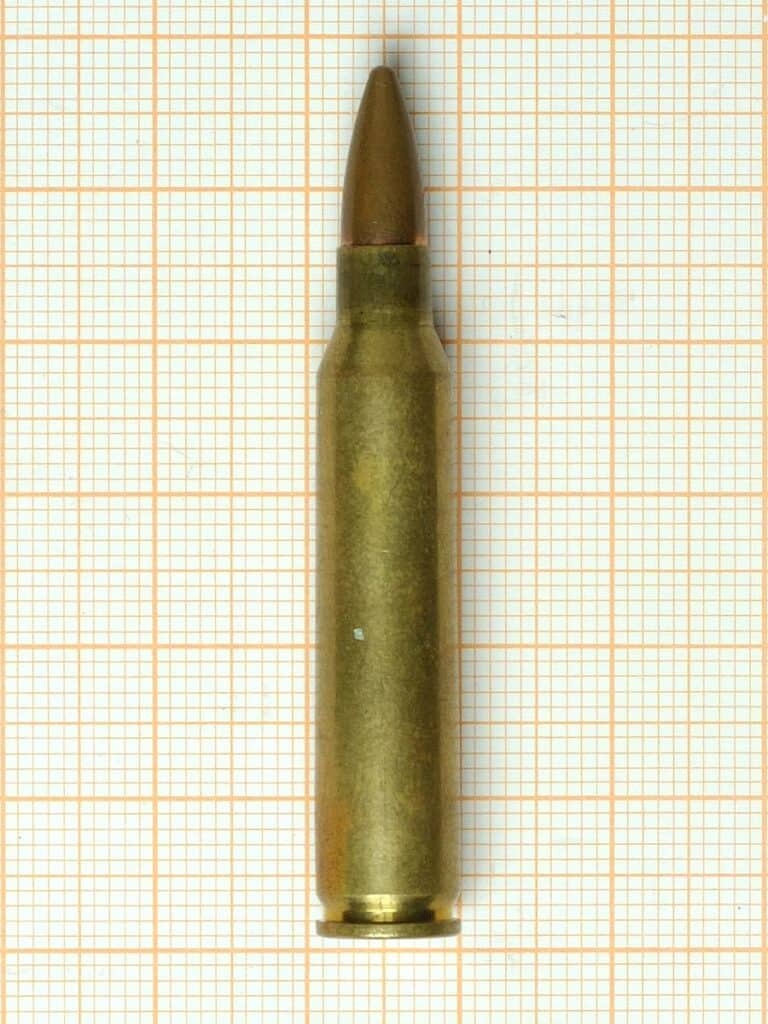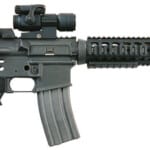
The Definitive History and Performance Analysis of the .223 Remington
Introduction
The .223 Remington is one of the most influential cartridges in modern firearms history. Revered for its versatility, precision, and adaptability, it has become a mainstay in both military and civilian applications. From its origins in mid-20th century military research to its widespread adoption in sport shooting, hunting, and law enforcement, the .223 Remington represents a significant evolution in ammunition technology. This article provides a comprehensive exploration of the .223 Remington’s history, development, ballistics, applications, and comparisons to other cartridges.
Origins and Development
The story of the .223 Remington begins in the late 1950s, during a period of intense military research into lightweight, high-velocity rifle cartridges. This effort was driven by Project SALVO, a U.S. Army initiative focused on improving small arms effectiveness. The goal was to develop a lightweight, high-speed cartridge that could deliver superior terminal ballistics compared to traditional full-power rifle rounds like the .30-06 Springfield and 7.62×51mm NATO.
The development of the cartridge was spearheaded by Remington Arms, working in collaboration with Fairchild-ArmaLite and Colt. ArmaLite’s chief designer, Eugene Stoner, had developed the AR-10, a revolutionary lightweight battle rifle chambered in 7.62×51mm NATO. However, the Army sought a smaller, faster round that would be more controllable in fully automatic fire while retaining effective stopping power. To meet these criteria, Stoner’s team, including Jim Sullivan and Bob Fremont, scaled down the AR-10 to create the AR-15, a lighter rifle designed around a new high-velocity round.
The .222 Remington was initially considered but was found inadequate in terms of velocity and effective range. Remington engineers, led by Mike Walker, modified the .222 Remington Magnum, lengthening the case and increasing powder capacity. The result was the .223 Remington (originally designated the .222 Special), which achieved the required performance metrics.
After extensive military trials, the U.S. Air Force and Army began testing the AR-15 paired with the .223 Remington cartridge. The combination demonstrated exceptional accuracy and controllability, leading to the official adoption of the rifle in 1964 as the M16, chambered in the military-variant 5.56×45mm cartridge.
.223 Remington vs. 5.56×45mm NATO: Understanding the Differences
One of the most misunderstood aspects of the .223 Remington is its relationship with the 5.56×45mm NATO. While both cartridges share nearly identical external dimensions, there are critical differences in chamber pressures, case construction, and throat dimensions:
- Pressure Differences: The 5.56×45mm NATO round is loaded to a higher pressure (~62,000 psi) compared to SAAMI-standard .223 Remington (~55,000 psi).
- Chamber Design: Military 5.56mm chambers feature a longer leade (freebore area before rifling engagement), allowing for safer firing of higher-pressure rounds. Firing 5.56mm ammunition in a rifle chambered for .223 Remington can lead to dangerous overpressure conditions.
- Interchangeability: While it is generally safe to fire .223 Remington ammunition in a 5.56mm NATO chamber, the reverse is not recommended unless the firearm is rated for 5.56 NATO pressures.
Ballistics and Performance
The .223 Remington’s high velocity, low recoil, and flat trajectory make it an excellent choice for a variety of applications. Some of the most common factory loads include:
- 55-grain FMJ (M193) – Muzzle velocity ~3,250 fps (~1,280 ft-lbs of energy)
- 62-grain M855/SS109 (Green Tip) – Muzzle velocity ~3,100 fps (~1,350 ft-lbs of energy)
- 77-grain OTM (Mk262 Mod 1) – Muzzle velocity ~2,750 fps (~1,300 ft-lbs of energy), optimized for long-range accuracy
The cartridge's low recoil impulse allows for rapid follow-up shots, making it ideal for competition shooting, law enforcement, and varmint hunting. Its fragmentation potential at high velocity was historically seen as an advantage in military engagements, though more recent bullet designs such as the M855A1 and Mk318 SOST have further enhanced terminal ballistics.
Civilian and Law Enforcement Use
The .223 Remington has seen extensive adoption beyond military applications. In law enforcement, it has become the standard patrol rifle cartridge, replacing pistol-caliber carbines due to its superior penetration and stopping power. Agencies favor the AR-15 platform, chambered in .223/5.56, for its accuracy, modularity, and ease of use.
For civilian shooters, the cartridge is widely used in varmint and predator hunting, with bullets such as the Hornady V-MAX, Nosler Ballistic Tip, and Barnes TSX offering devastating terminal effects. Some states allow deer hunting with .223, though it is generally recommended to use heavier bonded soft-point bullets for ethical kills.
Comparison to Other Cartridges
The .223 Remington is frequently compared to other popular cartridges, particularly:
- .308 Winchester – Offers greater range and stopping power but generates significantly more recoil.
- .300 Blackout – Designed to function in AR-15s with heavier subsonic bullets and suppressors but lacks the flat trajectory of .223.
- 6.5 Grendel – A superior long-range cartridge with greater energy retention but at the cost of magazine capacity.
- .224 Valkyrie – A modern alternative designed for improved long-range performance while staying within AR-15 dimensions.
Manufacturing and Reloading
The .223 Remington is one of the most commonly reloaded cartridges, offering shooters the ability to fine-tune loads for accuracy and performance. Key components include:
- Cases: Typically brass, but steel and polymer options exist.
- Powders: Varget, H335, and CFE223 are popular choices.
- Primers: Small rifle primers (CCI #400, Federal 205, Remington 7 1/2).
- Bullets: Ranges from 40 grains (varmint hunting) to 77 grains (long-range precision).
Legacy and Future of the .223 Remington
The .223 Remington has cemented its status as one of the most successful rifle cartridges of all time. Its adaptability, effectiveness, and sheer availability ensure its place in the future of firearms. With continued advancements in bullet design and powder formulations, the cartridge continues to evolve, offering even greater capabilities across hunting, defense, and precision shooting disciplines.
Conclusion
The .223 Remington remains a dominant force in the firearms world, renowned for its accuracy, versatility, and historical significance. Its impact spans military service, civilian sport shooting, hunting, and law enforcement, making it a true benchmark in modern ammunition. As firearm technology advances, the .223 Remington’s legacy will undoubtedly endure, continuing to shape the future of small arms development worldwide.
If you're interested in purchasing a firearm that shoots .223, click here.
If you know of any forums or sites that should be referenced on this listing, please let us know here.




